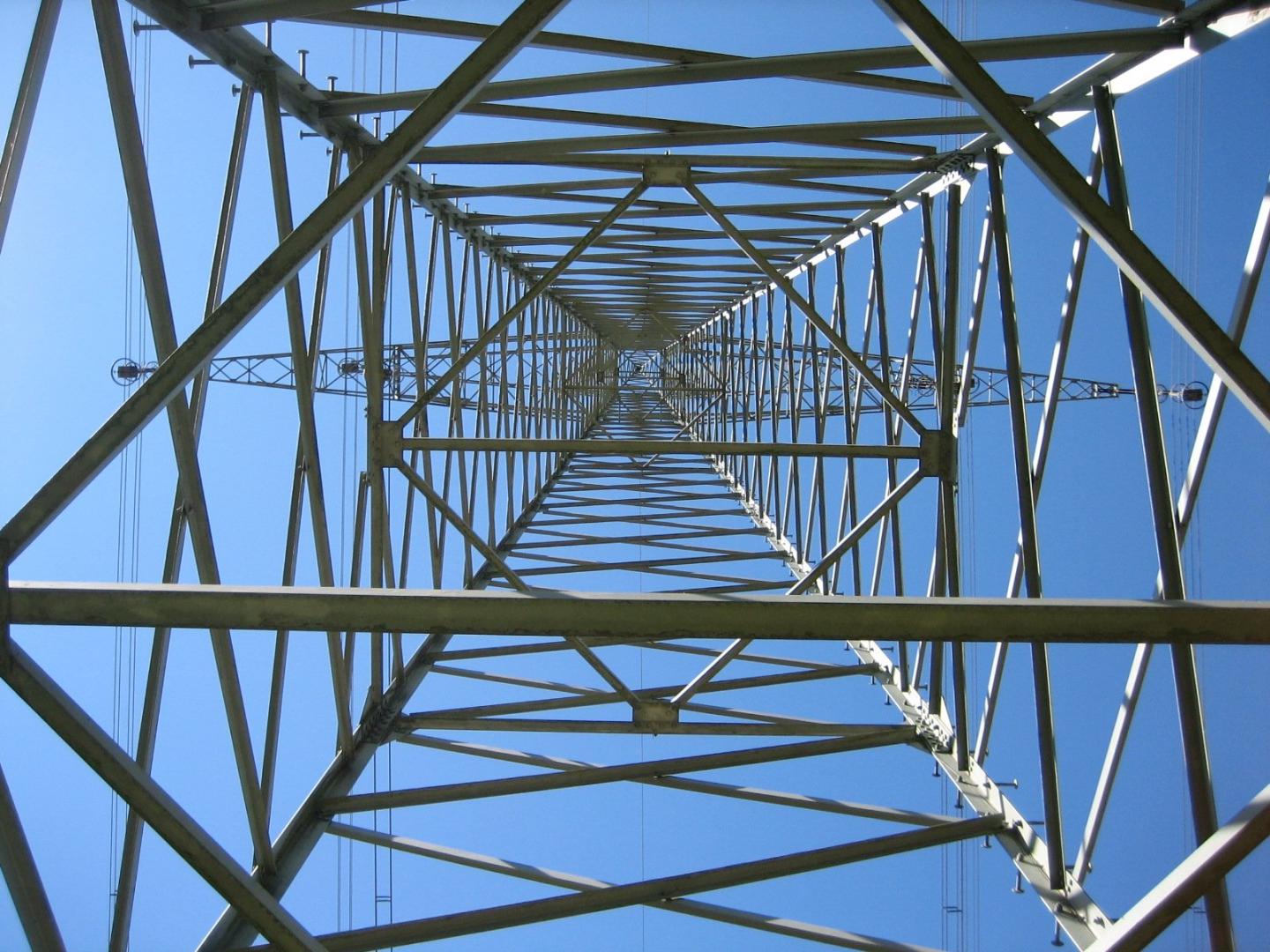The German term Energiewende (energy transition) refers to a fundamental transition to a decarbonised energy system mainly based on variable renewable energy (wind, solar), with the emphasis on increased energy efficiency without the use of nuclear energy. The main focus is currently on the electricity sector and challenges relate to the support scheme, system adaptation, energy efficiency and electricity market design.
The Energiewende has an effect on the EU as Germany is part of the European electricity system, which is planned to be fully integrated by 2014, with interconnectivity between regional networks increasing over time. EU energy and climate policy developments with regard to Emissions Trade, Climate and Renewable Energy (RE) deployment targets, on the other hand, are of relevance to Germany as well. In addition, the Energiewende is relevant to Finland because both countries’ electricity markets are (indirectly) connected and rising shares of variable renewable energies are predicted for the Nordic electricity sector as well.
The rising shares of variable renewable energy raise the flexibility requirements of the energy system to ensure network reliability. The extension of the electricity grid is a key factor as better cross-regional integration evens out the variability and provides greater access to dispatchable capacities and energy storage, for example. Increased German electricity production from variable renewable energies can be felt in the networks already as it has changed electricity trade flows with neighbouring states and has, in times of high oversupply, led to congestion problems in some neighbours’ networks. Advantages of the Nordic region in terms of flexibility include a high share of cogeneration and district heating that eases the local integration of variable electricity into the heating sector as well as endowments with large hydro storage and biomass energy potentials.
Nuclear energy is at odds with the flexibility requirement as it is the least flexible energy source. Large nuclear shares may ultimately limit the possible share of variable renewable energy, particularly, if the sustainable biomass potential is lower than expected due to sustainability and competing usage issues. It is variable renewable energies that have the largest technical potential and it should be considered carefully whether the flexibility options in the system shall be used to serve variable RE or nuclear capacities.
The issue of support costs is less dramatic than the public discussion would suggest. Some RE have left the niche though and gained system relevance posing new challenges to the support scheme. What is needed in the public discussion is a voice of reason that puts costs into perspective and (better) communicates that structural change will incur some costs and financing will be needed to build up the necessary low carbon energy system. But the costs of unabated climate change would be much higher.
More information can be found in a related FIIA-briefing paper.














Recommended